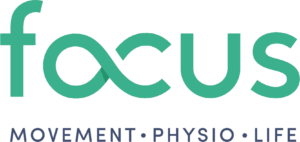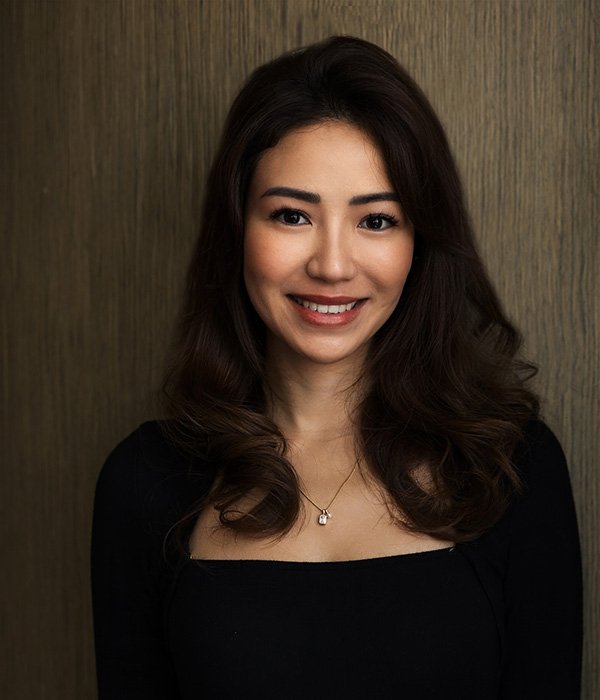Industry
Spotlight

...the demand for Pilates-inspired movement workouts will continue to grow over the next two to three years. However, in order to sustain this growth and consumer interest, there will need to be real substance behind the brand of ‘Pilates’.

 The Evolution of Pilates Fitness in Asia: Is Its Growth Sustainable?
The Evolution of Pilates Fitness in Asia: Is Its Growth Sustainable?
It’s no secret that Pilates has seen a dramatic transformation in Asia over the past few decades. Where once it was limited to one-on-one classes with highly specialised instructors, it has slowly evolved to where it sits today: as a mainstream fitness activity, accessible to the masses. While Joseph Pilates himself was an inventor and an innovator, I sometimes wonder what he would think about how Pilates has evolved to this point.
With the growing popularity of large group reformer classes that blend high-intensity training with traditional Pilates movements, is the demand truly sustainable?
Where it started: private studios and exclusive clientele
When Pilates first arrived in Asia in the late 1990s and early 2000s, it was largely considered a high-end fitness regime, limited to a small group of individuals — usually the wealthy and expatriate communities in major cities like Hong Kong, Tokyo, and Singapore.
The Pilates method required specialised equipment and an expert instructor with formal training that was often obtained abroad. As a result, Pilates studios were exclusive spaces where the focus was on private and semi-private sessions, usually limited to one or two clients per instructor.
At this time, becoming a certified Pilates instructor was also an expensive and time-consuming process. Even now, comprehensive qualifications take 9 to 12 months.
The rise of group reformer classes
The late 1990s saw the production of reformer equipment more suited to group training — smaller, simpler and more affordable for instructors to purchase. When these machines were introduced for groups of three or four people. This horrified many in the Pilates industry, who, at the time, thought Pilates could only be taught one-on-one. The cost of equipment and the extensive training required still made group classes prohibitively expensive for most customers.
A new approach to rehabilitation
As Pilates continued to grow in popularity, and small group reformer classes were gaining traction, physiotherapists started taking notice.
Around this time, they started integrating Pilates exercises into their rehabilitation programs. Rather than relying on passive modalities, physios could instead offer extremely customised movement-based exercises — a trend that has continued to grow alongside the evolution of physiotherapy treatment. (However, I’ve noticed that many studios, clinics and hospitals still struggle to have fully integrated physio-Pilates concepts — it’s usually one or the other.)
The introduction to big box gyms
By the mid-2010s, the Pilates landscape in Asia shifted again as demand for more affordable and accessible fitness options increased. Big box gyms, while very successful in matwork Pilates, sometimes struggled with introducing reformer classes due to challenges with staff training and client expectations.
Mass Pilates-inspired reformer classes gain traction. Several Pilates equipment brands in China and Korea began continually improving the quality of their low-cost equipment, which, in turn, began driving down the cost of entry for reformer Pilates. At the same time, more and more domestic or regional Pilates training entered the market — some of which is now entirely offered online.
Mass reformer classes (sometimes with as many as 35 reformers) due to demand, moved away from the traditional, slow and controlled movements that were once the hallmark of the Pilates method. Instead, they emphasised high-energy, fast-paced sequences that were designed to increase the heart rate and burn calories.
Customising these large classes can often be a challenge, especially as instructors are responsible for the safe use of the equipment by every participant. This makes it exponentially more challenging for instructors to teach the classes while offering enough attention to every person.
Does Pilates have a future in Asia?
I feel that the demand for Pilates-inspired movement workouts will continue to grow over the next two to three years. However, in order to sustain this growth and consumer interest, there will need to be real substance behind the brand of ‘Pilates’.
Our job as studio and gym owners is to invest in high-quality training and responsible franchising, all while actively building a positive and sustainable culture, both for our clients and our staff. This kind of growth isn’t trendy — in fact, it can be expensive, time-consuming and require a lot of patience — but I truly believe that the companies that create a welcoming, supportive and safe environment to practise will do fine.
About Daniel Dittmar
Daniel is an Exercise Physiologist and has been in the Pilates and fitness industry for 30 years. He is a Senior Educator and Examiner for Polestar Pilates in Asia and has taught and examined in more than ten countries in Asia. His company, Focus Movement, just celebrated its 20th anniversary in Singapore. Focus Movement is one of the few fully integrated Pilates and physiotherapy practices in Asia, if not the world. Focus also has a physiotherapy and Pilates practice in Niseko, Japan.






